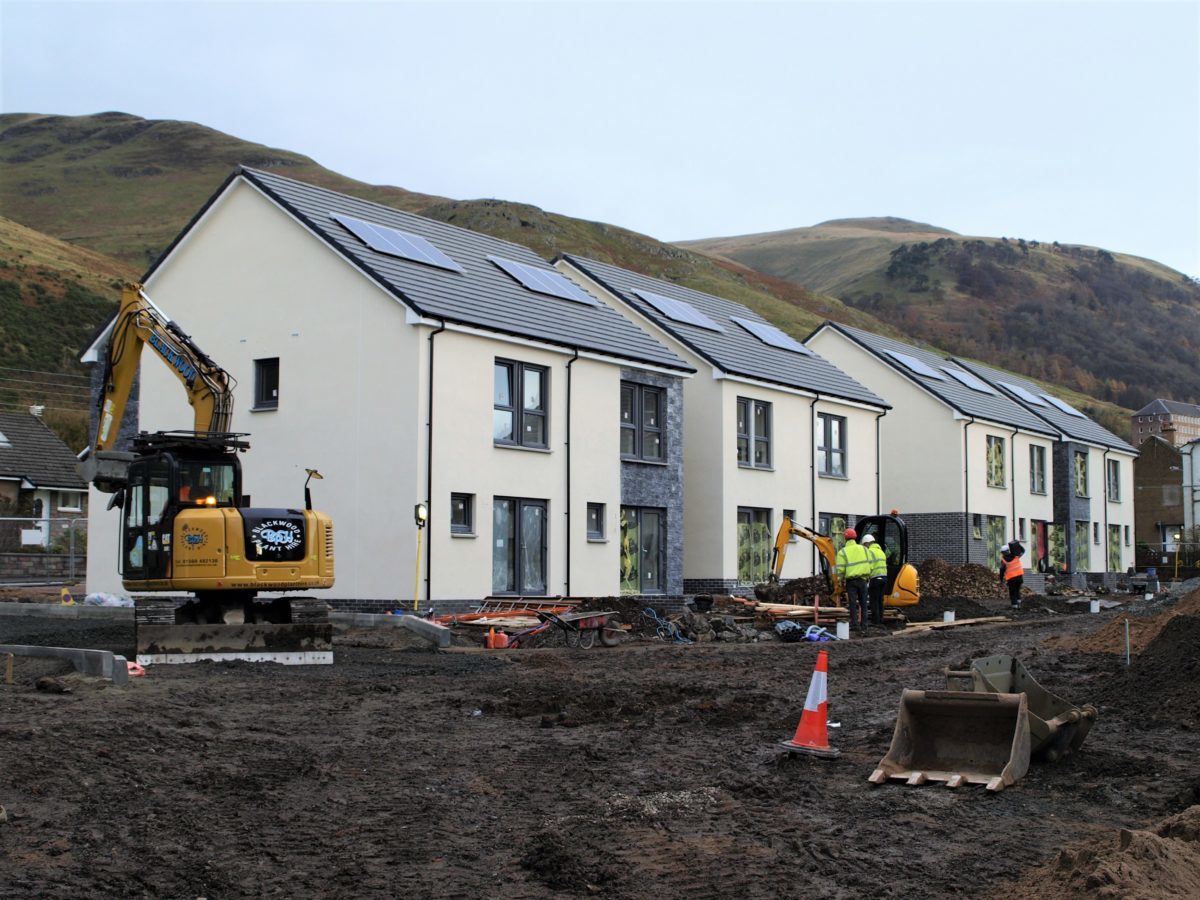
MORE environmentally friendly peatland construction methods have been tipped to pave the way for future housing developments in parts of Scotland’s Highlands and Islands.
A research consortium involving Edinburgh Napier University and Heriot-Watt University, with support from the Highland Council, Highlands and Islands Enterprise (HIE), Construction Scotland Innovation Centre (CSIC) and JAHAMA Highland Estates, is assessing the feasibility of a range of construction methods to minimise disturbance to peat and mitigate the environmental impacts. The Scottish Environment Protection Agency (SEPA), NatureScot, ECOSystems Tech Ltd and the Scottish Government are also supporting the initiative.
Up to 20% of Scottish land is covered in peat soil, serving as a significant carbon store for more than 1.7 billion tonnes of carbon. However, the soil is often unsuitable for buildingon because of low strength, landslide risks and its tendency to deform under load.
In parts of the Highlands and Islands, where peatland is commonly found, new housing is in short supply and some sites earmarked for housing development can be complicated by the presence of peat. Finding viable and sustainable methods for building on peatland could help transform Scotland’s approach to rural housing.
Construction teams have previously relied on excavate-and-replace techniques, however, this project will explore a number of options that allow peat – and stored carbon – to be left in place, such as deep-soil-mixing, and piling. Timber piling would use tree trunks or long poles of timber to carry the foundations of a building. Disturbance of the peatland would be minimised, especially the presence groundwater.
The aim of the first phase of the project is to assess and compare the geotechnical suitability, environmental impact, logistics and cost implications of the different approaches. In a second phase, live field trials are planned to assess the suitability of proposed solutions.
Andrew Nurse, project manager at CSIC, said, “In line with Scotland’s goals for net zero, especially in the construction sector, we are looking at more sustainable options such as timber piles, as a solution for building on peatland – which could also make use of local, home-grown materials. Once we have reached conclusions from the feasibility study, the next stage will be to conduct a series of on-site trials at various locations in the Highlands and Islands.”







